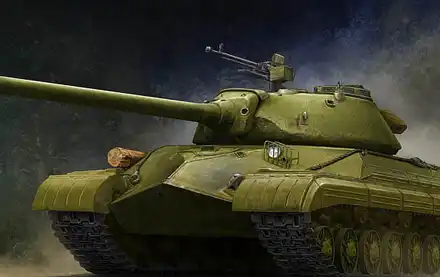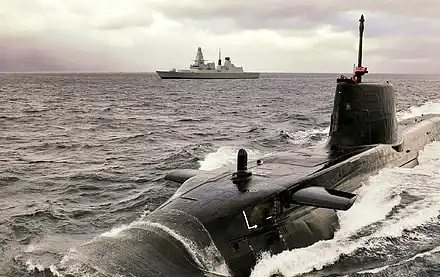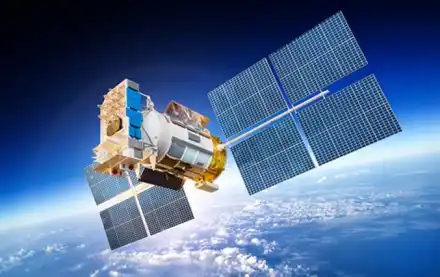




Raytheon
The sound starts as a low rumble overhead in the distance.
It changes as it gets closer. The slow, steady hum gives way to a sharp, shearing sound – like a massive, invisible sheet of paper being ripped slowly in two.
For more than 50 years, that sound – the sound of the Pratt & Whitney F100 engine – has signaled to U.S. and allied forces that help had arrived, in the form of F-15 or F-16 fighter jets. To adversaries, it’s been a message that any advantage they once had was no more.
And to aircrews – who can still hear it while wearing ear protection – it simply meant they were doing their jobs.
“My job was to make sure that the men and women on the ground got home safe,†said retired U.S. Air Force Lt. Col. Nick “JDAM†Graham, a former weapon systems officer on the F-15E and now a senior program manager at Pratt & Whitney, an RTX business. “Hearing the F100 engines gave our military comfort.â€
The F100 engine is among more than 120 capabilities – including radars, ejection seats and precision weapons – that RTX businesses contribute to the F-15 and the F-16, all in the name of helping aircrews accomplish their air-to-air, air-to-ground, close-air support and enemy suppression missions safely.
The best experts to explain how these RTX products help F-15 and F-16 aircrews advance military missions are those who have spent thousands of hours using them.
“The dependability of my engine was just incredible,†said retired U.S. Air Force Col. Dale “Chaos†Hetke, a former F-16 pilot and now a lead integrator of Combat Air Forces at Pratt & Whitney. “Of the 1,000 hours I had in the aircraft, never once did my engine ever hiccup. That’s a testament to the men and the women who make that engine and the quality and the workmanship that they put into it.â€
Hetke recalls the rush of adrenaline he experienced when, during one combat sortie, he was taking fire from surface-to-air missiles. He had to find a way out – fast.
“I put the aircraft into afterburner and immediately had the thrust and manoeuvrability to get away from the enemy,†he said. “That’s something I’ll always remember and be grateful for – I had that extra power when I needed it most.â€
The F100’s modular design means the engine is fully compatible with legacy, current and future variants of the F-15 and F-16.
The radars: Detecting the threat
Retired U.S. Air Force Col. Joe “Grip†Beissner has 3,000 hours of flight time in the F-15, 750 of which were flying combat missions in the F-15E Strike Eagle. He also served as vice commander of the 455th Air Expeditionary Wing in Afghanistan, leading F-15 squadrons in and out of combat. He’s now a senior leader in the Tactical Airborne Systems group at Raytheon, an RTX business. One of his sons flies the F-15. Another flies the F-16.
He and his sons talk about how important their radar systems are when it comes to mission success. One of the qualities they value most about the RTX radar is its versatility. Pilots like to have options.
“You use radar for things as easy as radar trail departure when there’s bad weather or rejoining the tankers for in-air refuelling,†Beissner said. “And, of course, for more challenging parts of the mission. Radar is essential when it comes to intercepting hostile aircraft with a position of advantage.â€
He also said having the RTX APG-82 radar and AIM-120 effectors onboard is a very powerful combination.
“First, we have to find the threats, and that’s the radar’s responsibility,†he said. “Then we identify the threat and make a tactical decision. Are we going to engage or not? The power and the range of the radar allow aircrews to make those types of split-second decisions before progressing to the target area and completing the mission.â€
PhantomStrike is a next-generation RTX radar that allows pilots to detect, identify and track multiple air and surface targets at longer ranges than ever before.
The AMRAAM missile has both air-to-air and surface-to-air capabilities. It also features a built-in radar system that allows pilots to engage the enemy from extreme distances, and then quickly leave the area before being detected.
Hetke recalled it as “the missile everybody around the world wanted to get their hands on.â€
“As pilots, we had the utmost confidence in the missile,†he said. “If we ever had to shoot it at a bad guy in another aircraft, we knew that missile was going to take care of business.â€
The latest version of the AMRAAM missile system allows pilots to deploy missiles from a distance, and then leave the area undetected.
Beissner recounted one combat mission in Afghanistan. He was called in to provide air support for U.S. forces that were taking fire and had suffered significant losses. He and his squadron came in and delivered air-to-ground munition support, and it made all the difference.
“While flying back to base, a member of the on-the-ground forces called me and said, ‘Thank you, you guys saved our lives.’ The weapons we make at RTX, you put your faith in the fact that those are going to work. The first time, every time. And they do.â€
Beissner, Graham and Hetke all relied on the Collins Aerospace ACES (Advanced Concept Ejection Seat) II throughout their flying careers. While they never needed to eject from their aircraft, they said knowing the technology was onboard gave them the peace of mind they needed to focus on their missions.
“I never had to worry if my seat would work,†said Graham. “I knew it would. When you’re mission planning, you spend your energy on the things that the mission requires – not worrying about the seat you’re sitting on.â€
The latest version of the ACES seat, the ACES 5, is equipped with advanced safety features, including enhanced head, neck and limb-flailing protections, and a load-catapulting rocket that varies thrust based on an occupant’s weight.
ACES is the only ejection seat that meets all 62 of the U.S. Air Force’s airworthiness requirements. Its track record includes:
Each aviator, in different roles on different aircraft, said they knew they could complete their mission, because they had confidence in their training, in the people making, supporting and maintaining their aircraft, and confidence in the capabilities they had on board.
“When I took off in the F-15,†said Beissner, “there was no question in my mind that I was coming home safely. No question ever. I was determined to help everyone else make it home, too.â€
Tracy Beissner, his wife and the mother of three U.S. Air Force pilots, knows better than most how high those stakes are.
“I trust these aircraft and the advantage they give us over our adversaries,†she said. “We’re not just protecting our country and our allies; we’re protecting our people. And this is personal for us – our kids’ lives are on the line.â€